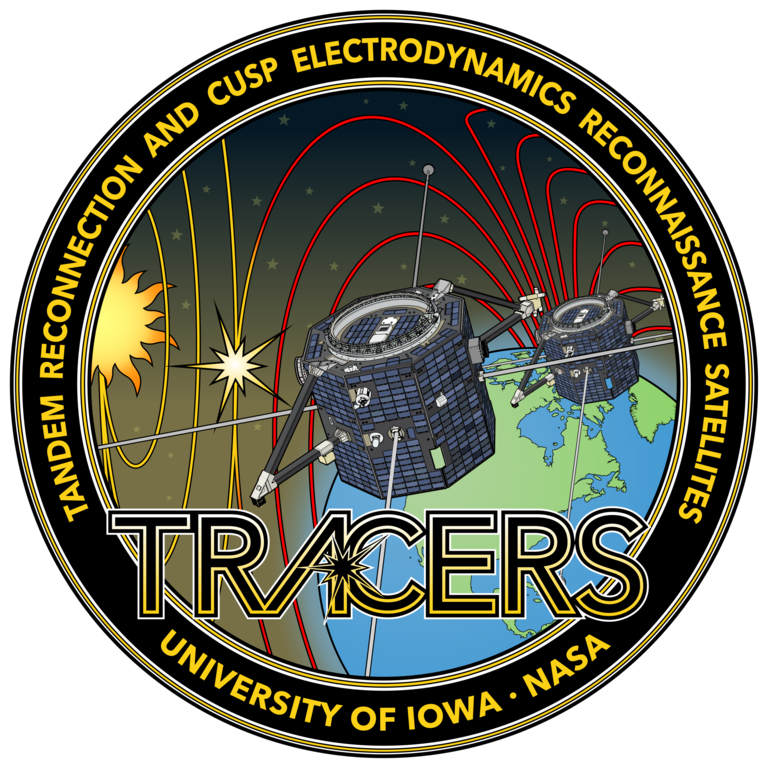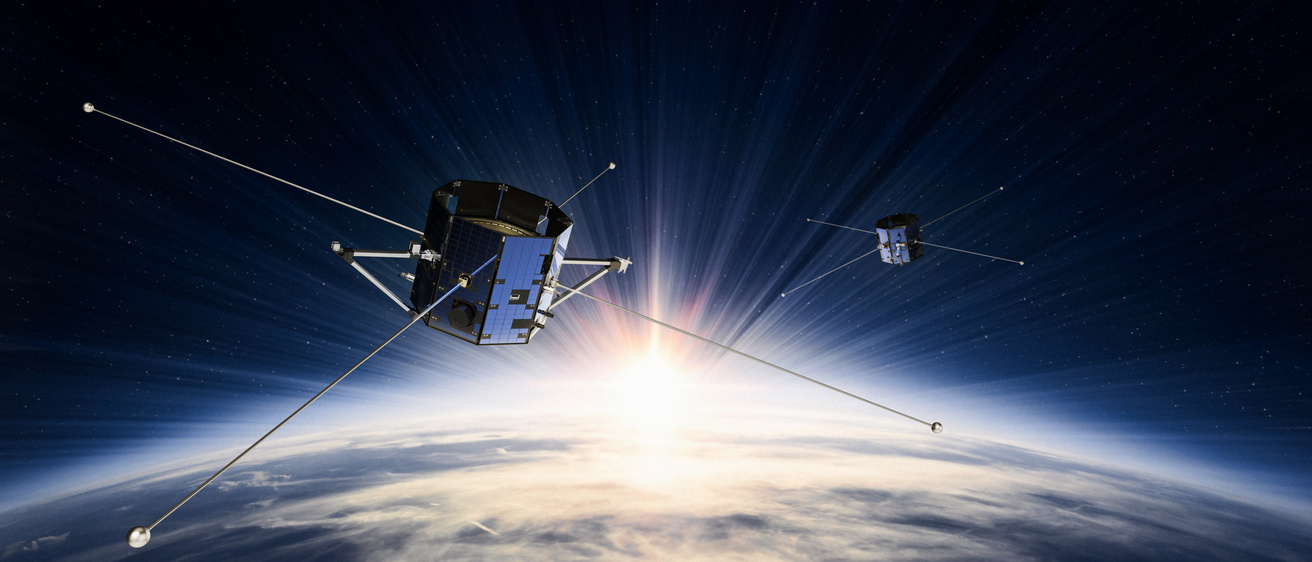Banner image credit: Millennium Space Systems
The TRACERS instruments were chosen specifically to help us understand the local plasma environment. This requires a combination of accurate and sensitive charged particle and electric and magnetic field measurements with high temporal resolution, and two-spacecraft measurement capability to distinguish between spatial and temporal variability.
Credit: Andy Kale
The instruments
(photos are not to scale)
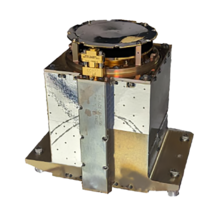
ACE
The Analyzer for Cusp Electrons measures the electron portion of local plasma and how they move with respect to the background magnetic field (energy-pitch angle distribution).
Instrument provided by University of Iowa.
ACE Principal Investigator: Jasper S. Halekas, PhD
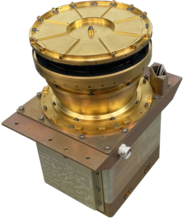
ACI
The Analyzer for Cusp Ions measures the ion portion of local plasma and how they move with respect to the background magnetic field (energy-pitch angle distribution).
Instrument provided by Southwest Research Institute (SwRI).
ACI Principal Investigator: Stephen Fuselier, PhD
EFI

The 2-axis Electric Field Instrument measures the electric field perpendicular to the background magnetic field, used to compute the plasma flow (E×B flow velocity), and measures higher frequency plasma waves.
Instrument provided by the University of California, Berkeley (UCB).
EFI Principal Investigator: John Bonnell, PhD
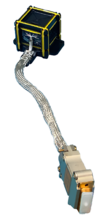
MAG
The 3-axis fluxgate MAGnetometer measures the background magnetic field of plasma. It can also be used to infer the presence of electrical currents and low frequency plasma waves.
Instrument provided by the University of California, Los Angeles (UCLA).
MAG Principal Investigator: Robert Strangeway, PhD
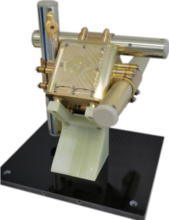
MSC
The 3-axis Magnetic Search Coil measures high frequency magnetic waves.
Instrument provided by the University of Iowa.
MSC Principal Investigator: George Hospodarsky, PhD
MAGIC
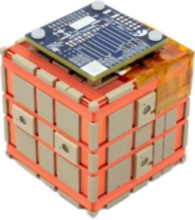
The MAGnetometers for Innovation and Capability team is building fluxgate magnetometers from scratch and investigating new designs. As a technology demonstration on TRACERS, MAGIC must do no harm to the other instruments while testing its designs for future space missions.
Instruments provided by the University of Iowa.
MAGIC Principal Investigator: David M. Miles, PhD
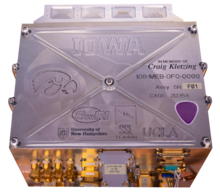
MEB
The common Main Electronics Box hosts the electronics for EFI, MSC, and MAG.
MEB includes:
- Low Voltage Power Supply (LVPS), provided by the University of Iowa.
- Central Data Processing Unit (CDPU) that manages all the commanding and data handling for the entire instrument suite. The CDPU is provided by the University of New Hampshire.

